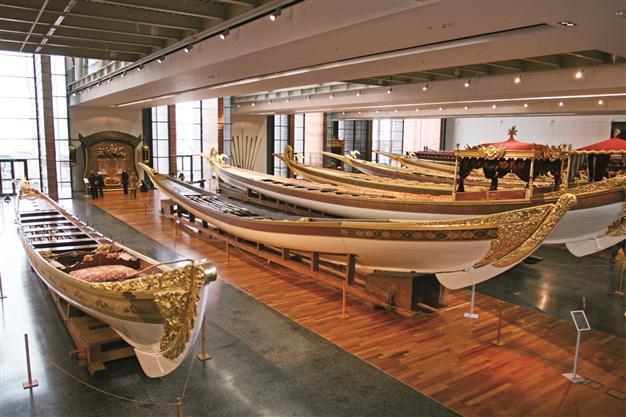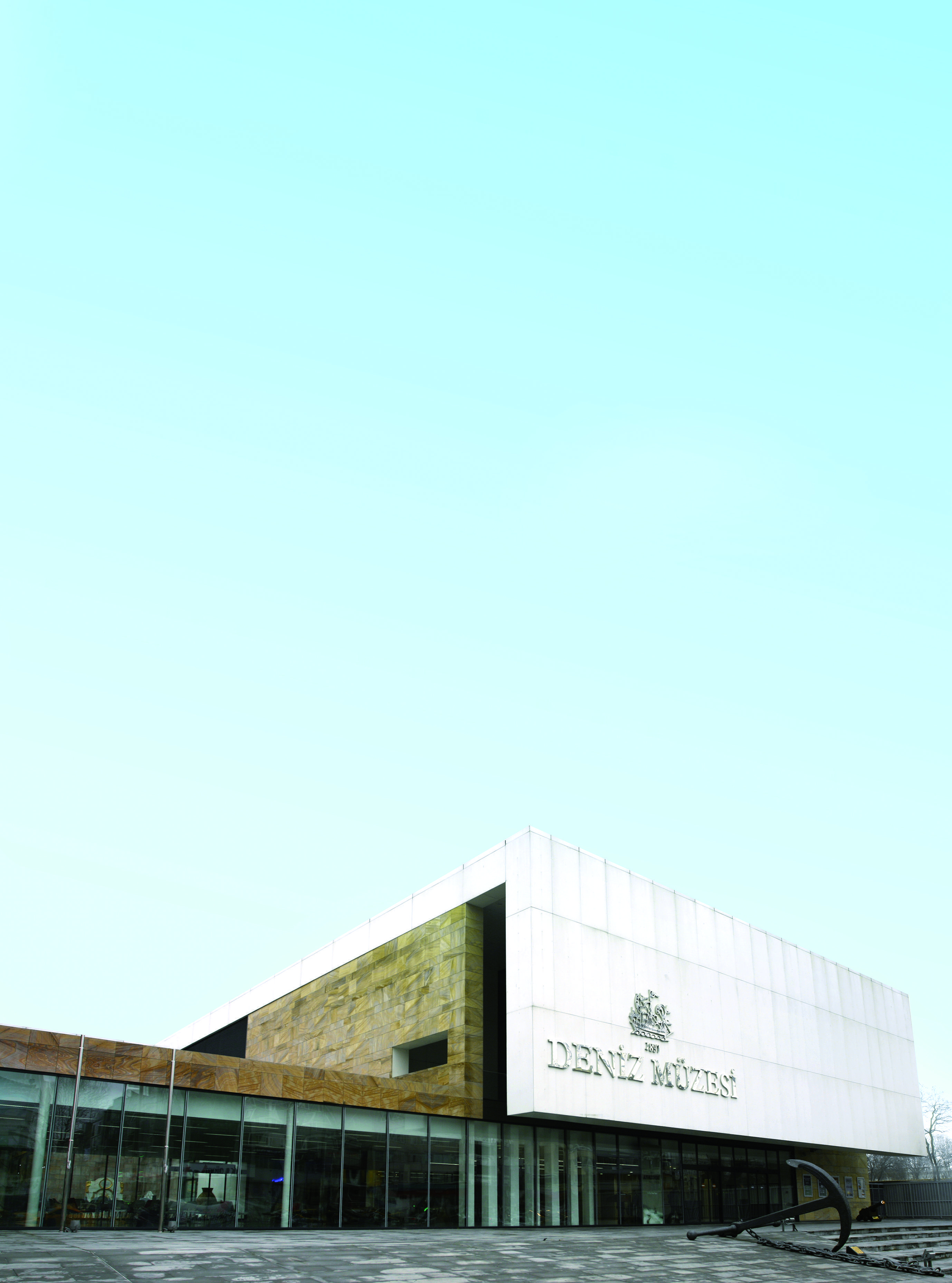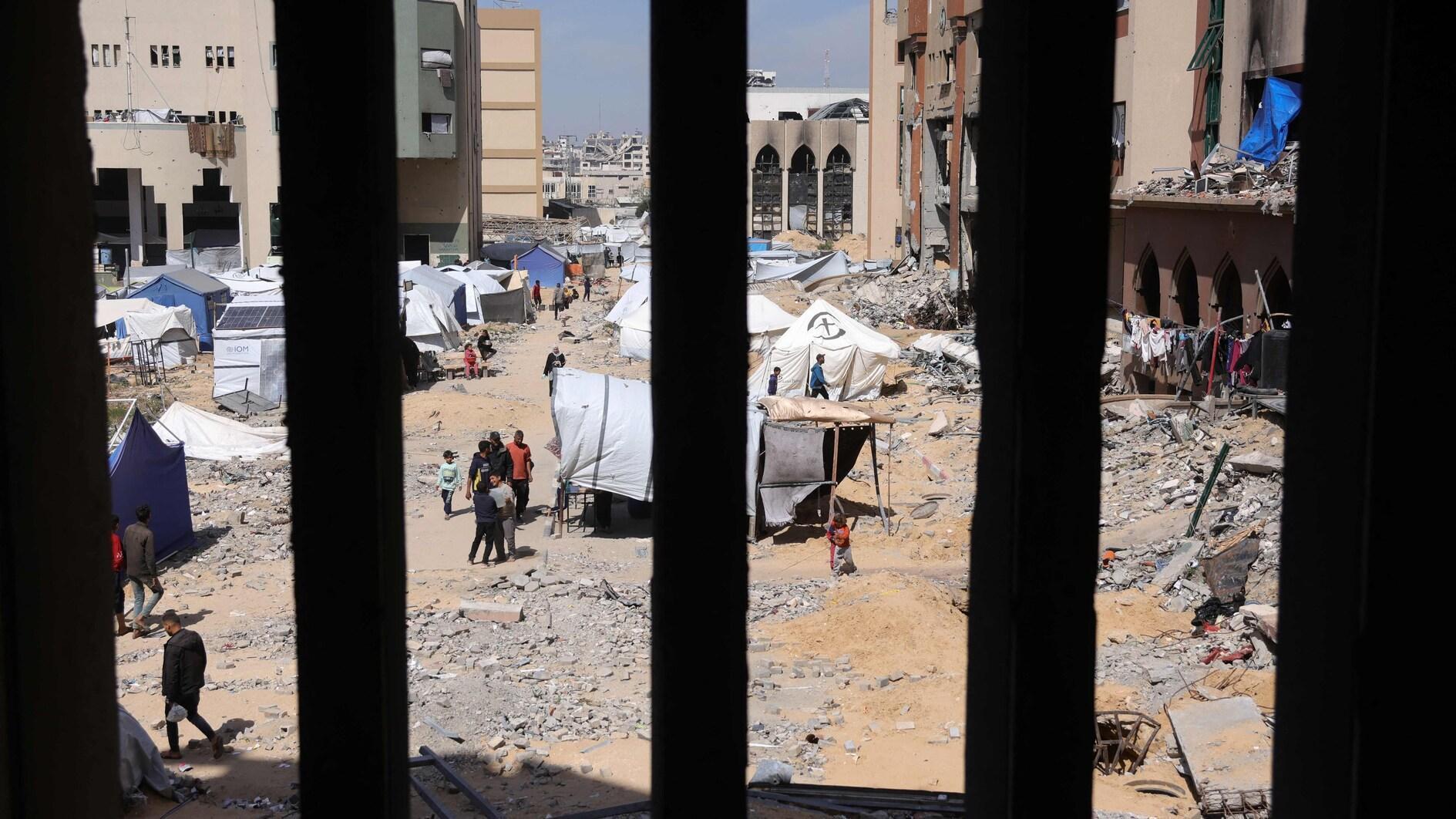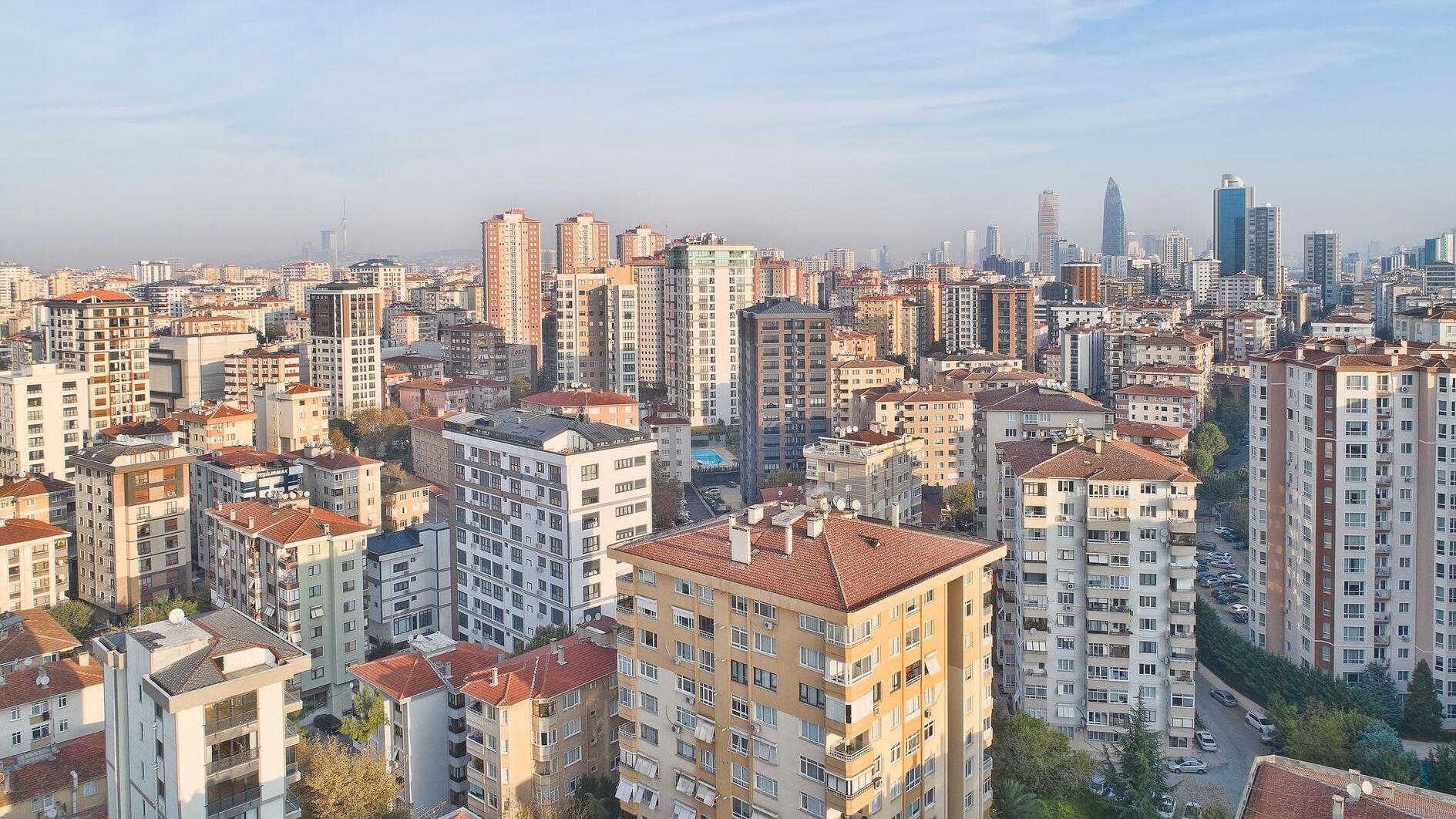Istanbul's naval museum passing on culture of ages past
Yonca MORALI ISTANBUL

After its establishment in 1897 as part of the Imperial Shipyard of the Golden Horn, the content of the museum underwent a series of relocations throughout the years before finally setting up shop in its current location in Beşiktaş in 1961.
Turkey’s Naval Museum reopened its doors in October 2013 after a long modernization project, but the facility is about so much more than just a catalogue of the country’s naval history, it is also a repository of Turkey’s interaction with the sea.After its establishment in 1897 as part of the Imperial Shipyard of the Golden Horn, the content of the museum underwent a series of relocations throughout the years before finally setting up shop in its current location in Beşiktaş in 1961.
Property of the Turkish Naval Forces, the museum, however, focuses more on a culture of the royal lifestyle on the waters of the Bosphorus than on military heritage.
The main gallery, displaying 14 imperial caiques dating mainly from the 19th century, is a unique collection of magnificent boats used by the sultan and his family for inner-city travel. The spectacular artistry and craftsmanship of these caiques exposes the finest artistic styles of their epochs, suggesting the immense artisanal activity taking place in the shipyards, in the able hands of the “People of the Shipyards” as they were called. This artisanal wood craft is in fact the essential bearer of the military industrial heritage exposed in another gallery of the museum. As there are no military ships on display, the collection of wooden artifacts, such as coats of arms, sultans’ monograms and ship figureheads are the main symbols of naval military history. Eagles, lions and the phoenix are some of the glamorous frontal figureheads that remain from the long lost battleships of the Mediterranean.
 The jewel of the museum, however, is the “Historic Galley” (Kadırga) thought to have been constructed in the 16th century, making it the world’s oldest galley surviving as a whole today. The impressive 40-meter-long boat has 24 pairs of oars, each oar designed to be pulled by three oarsmen. The kiosk on top of the boat, a marvel of mother of pearl artistry, is one of the most beautiful samples of Ottoman craftsmanship to be seen anywhere.
The jewel of the museum, however, is the “Historic Galley” (Kadırga) thought to have been constructed in the 16th century, making it the world’s oldest galley surviving as a whole today. The impressive 40-meter-long boat has 24 pairs of oars, each oar designed to be pulled by three oarsmen. The kiosk on top of the boat, a marvel of mother of pearl artistry, is one of the most beautiful samples of Ottoman craftsmanship to be seen anywhere. The real mystery, however, begins on the bow and stern. Dragons and mythological sea creatures engraved on the wood seem strangely out of place on this Ottoman galley. Could these symbols be the legacy of an older Byzantine ship, somehow making its way from the time of the conquest of Constantinople in 1453 into this end of the 16th century masterpiece?
Unique urban landscape
The last gallery of the museum evokes historical events of Ottoman maritime history, supported by paintings, textiles, objects and ship maquettes. Heroes of the Ottoman naval past, from Mehmet II the Conqueror to Admiral Barbaros Hayrettin Paşa, are personifications of a cultural transition from Central Asian origins to a mutually rewarding synthesis with the skills of a Mediterranean maritime culture dating back thousands of years.
This museum should be considered part of a unique urban landscape on the shores of the Beşiktaş
 district. The story told on a bigger scale, in the square where the museum is located, in the monuments surrounding it and in the dock of inner-city ferries that cross to the Asian side of the Bosphorus, is that of a district that was once the hub of imperial maritime activity. And the most dominant figure of this hub is that of the legendary Barbaros Hayrettin Paşa.
district. The story told on a bigger scale, in the square where the museum is located, in the monuments surrounding it and in the dock of inner-city ferries that cross to the Asian side of the Bosphorus, is that of a district that was once the hub of imperial maritime activity. And the most dominant figure of this hub is that of the legendary Barbaros Hayrettin Paşa.Initially a pirate before becoming admiral of the Ottoman Navy – or “Captain of the Seas” (Kaptan-ı Derya) as appointed by Süleyman the Magnificent – Barbaros Hayrettin Paşa’s victory against the Holy Alliance at the Battle of Preveza established Ottoman supremacy in the Mediterranean Sea in the 16th century. His fleet used to anchor in the water inlet where the museum is located today. He rests now in his nearby mausoleum built by none other than Architect Sinan himself. In front of the mausoleum there is a mosque built again by Sinan for yet another Captain of the Seas, Sinan Paşa, whose name was given to the vibrant commercial center near the Sinan Paşa Mosque. Thus, this unique Naval Museum is part of a cluster of maritime culture to be read and understood as a whole, complemented today by elements of urban identity such as the magnificent statue of Hayrettin Paşa built in 1942 by sculptors Zühtü Müridoğlu and Hadi Bara, engraved with Yahya Kemal’s beautiful poetry; an ode to expeditions of the past.
















